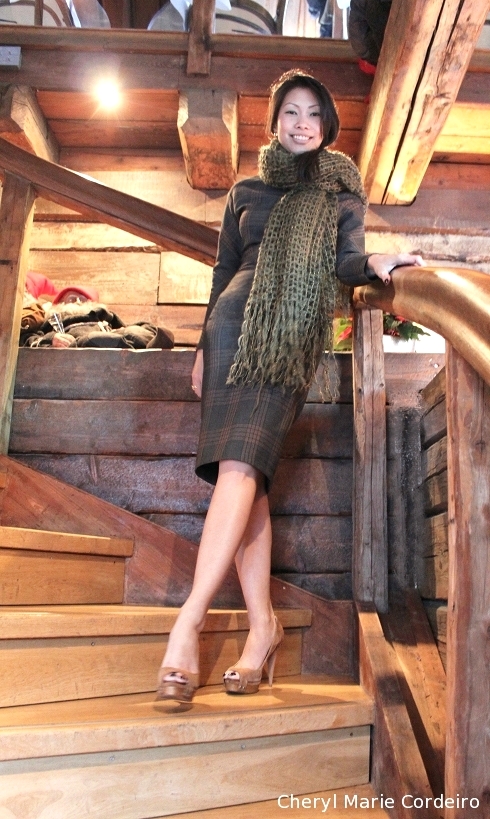
In the old Swedish East India Company wharf that is today, Sjömagasinet.
Text and Photo © JE Nilsson, D Neikter Nilsson and CM Cordeiro 2012
This spacious wooden log house that today houses the restaurant, Sjömagasinet, was once a wharf belonging to the Swedish East India Company (1731-1813). The restaurant has in the past years seen a change of hands between Guide Michelin Chefs, from Leif Mannerström to Ulf Wagner, where no doubt, the personalities of each at the helm comes right through to the dining experience.
What Wagner has done with this Christmas table is to challenge the very idea of which traditional Swedish foods make it to the julbord and how those dishes were presented, up to and including making a symphonic combination of tastes in sections of food. So as long as you stayed within the same general area at the table, any dish within arm’s reach would complement each other in flavour. As such, self-serving guests would not ruin their own meals unsuspectingly by adding something out of the place to their selection. How the complementing and sophisticated flavours from the various dishes could be blended over from one dish to another within reach was one of the remarkable features of this Christmas Table.
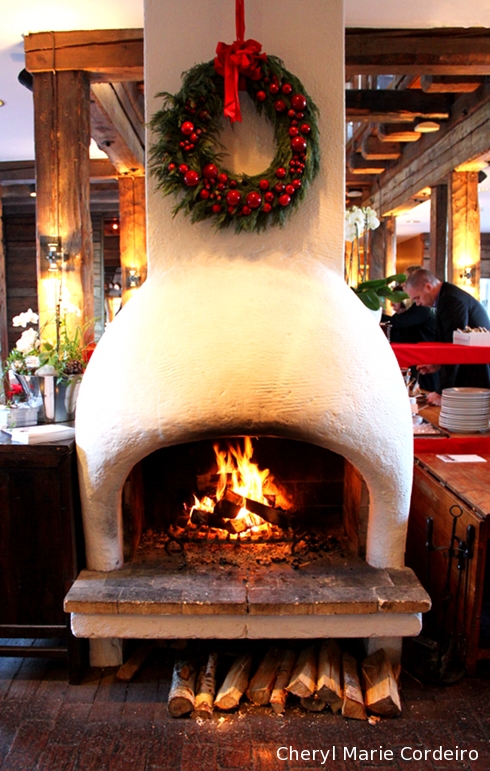
What greets you first, is this fireplace on the inside of the old wharf. The same fireplace with a different fire, every year.
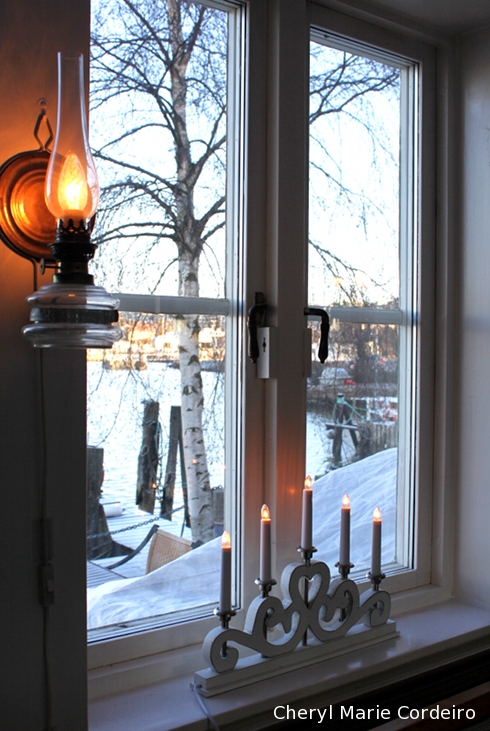
A view to the city’s harbour, where outside the window under the water’s surface rests four hulls of former Swedish East India Company ships (Map of Gothenburg, Ludvig Simon, Sweden, N. P. Pehrsson 1888).
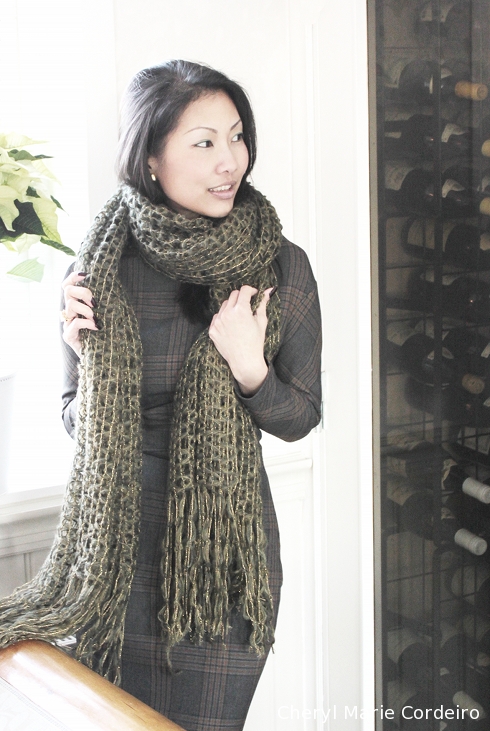
Trägårdh’s wine cellar, background right.
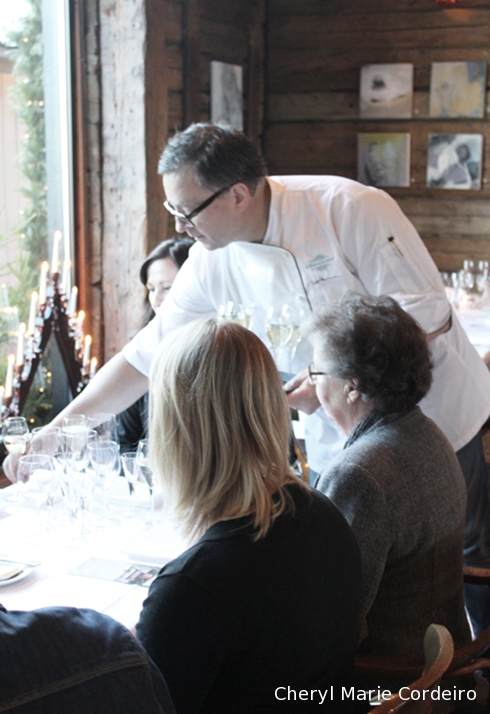
Ulf Wagner at a table.
The Christmas table in Sweden is meant to be a most traditional affair. It should be overwhelmingly voluptuous and tempting, and bring forth memories of mid-winter sacrifices, of excessive luxury and endless hedonistic pleasures, both celebrating the mid-winter season and the coming of spring. It should bring back memories of culinary practices from centuries past. So how does one improve upon centuries of time-perfected customs set in context of the many various other versions of Christmas Tables in Gothenburg, the city designated as Sweden’s culinary capital?
It was very interesting to see how Ulf Wagner, who also lectures at the University of Gothenburg, had gone about to reinvent the Christmas Table, by taking it apart, re-conceptualizing and then re-building not completely from ground up but rather on a foundation of an understanding of traditions in different light. The result was that each dish was presented in its full capacity of interpreted perfection, with each carrying its own distinction as far to the edge as one could imagine.
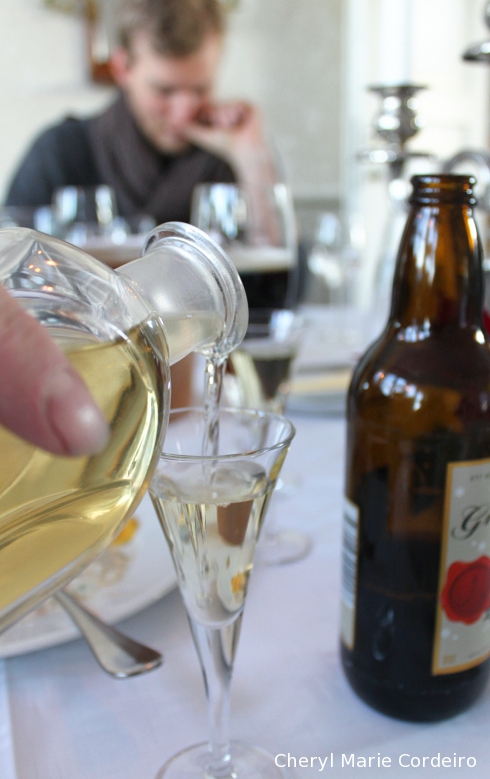
The Wagner house schnapps.
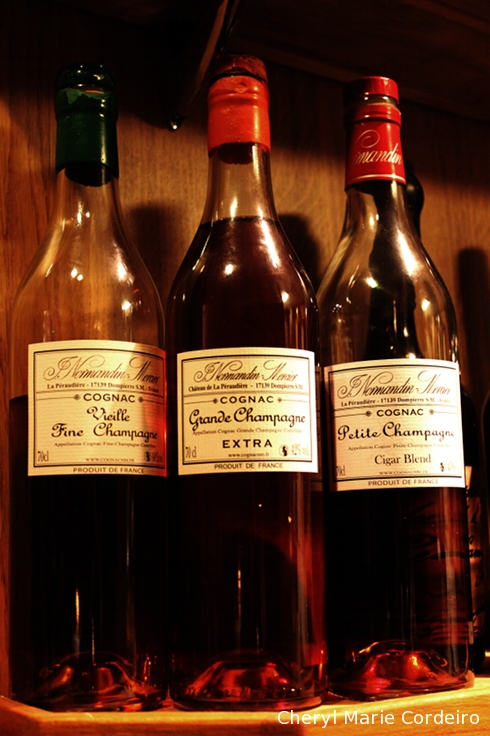
In Sweden the word ‘avec’ is used for anything that would go ‘with’ the coffee. Usually this ‘avec’ would translate as Cognac.
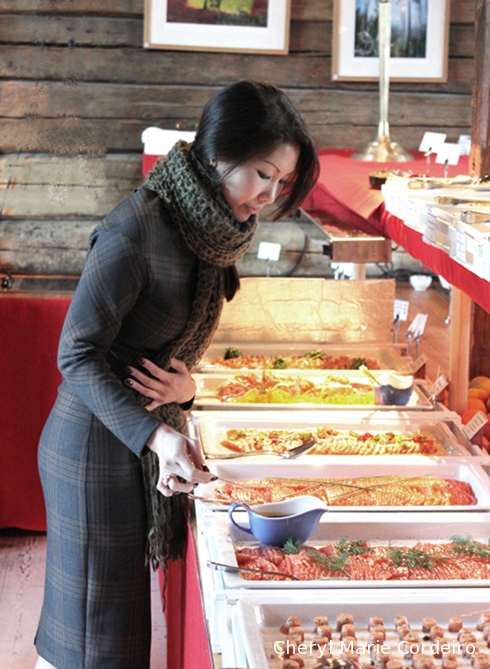
At Wagner’s salmon selection. So as long as you stayed within the same general area at the table, any dish within arm’s reach would complement each other in flavour.
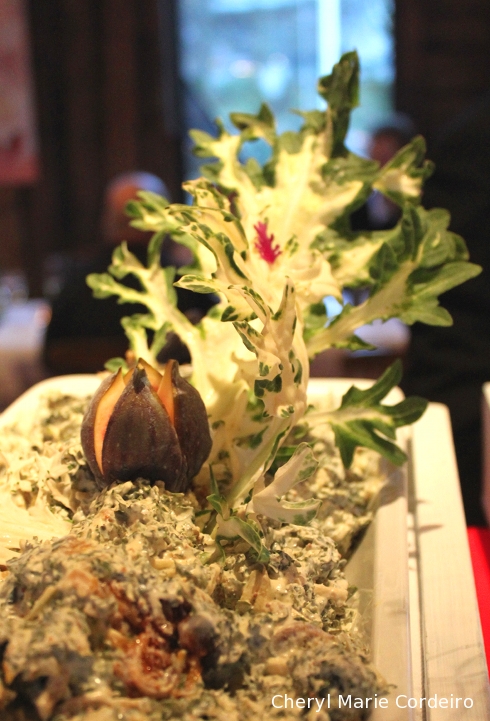
Noticeable this year was how most dishes – including this salad – was deconstructed.
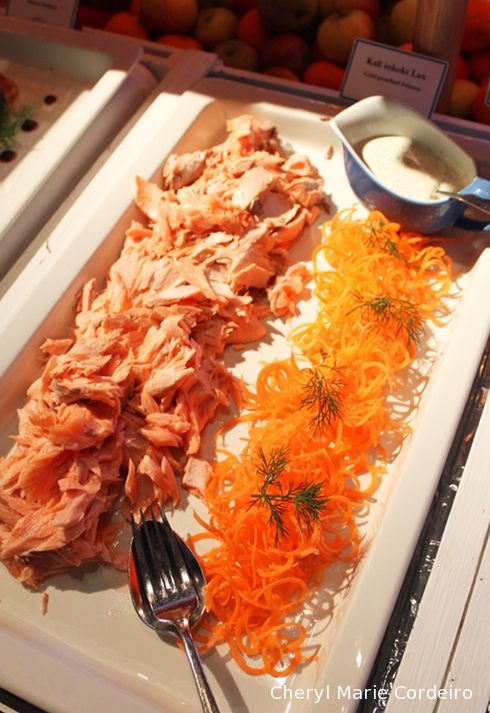
One of the many salmon dishes available at Wagner’s julbord.
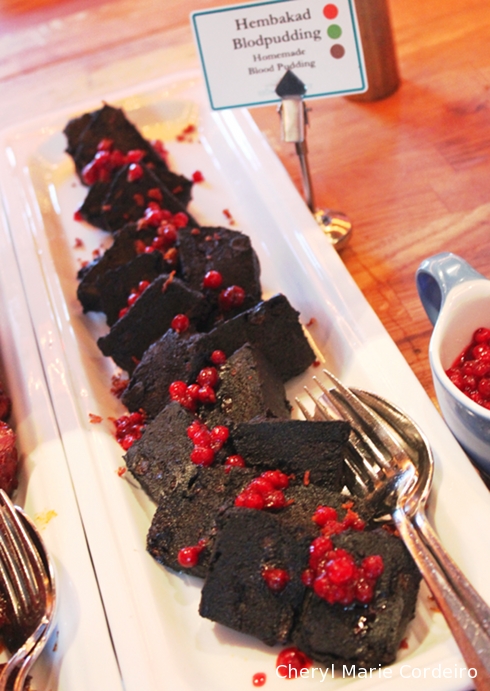
A wonderful and unconventional addition to a Christmas Table – homebaked bloodpudding – made with blood from a pig, the main traces of spice include ginger, marjoram and cloves. Served with lingonberry jam.
This year, one of my absolute favourites was homebaked bloodpudding for the warm dishes. At the cold dishes ensemble, the saffron apples and orange marinade turned one of the Nordic region’s most common fish the herring, into something of a walk in a garden full of aromatic late summer flowers. Gustav Trägårdh (Cook of the Year 2010), partner to Wagner in the restaurant had his own version, Trägårdh’s salad that showcased the most beautifully put together garden of meticulously carved small carrots, broccoli flowers and bacon pieces.
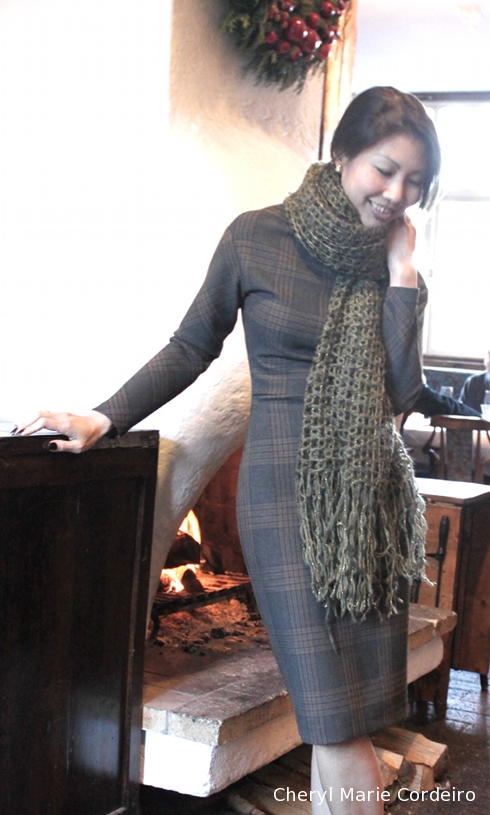
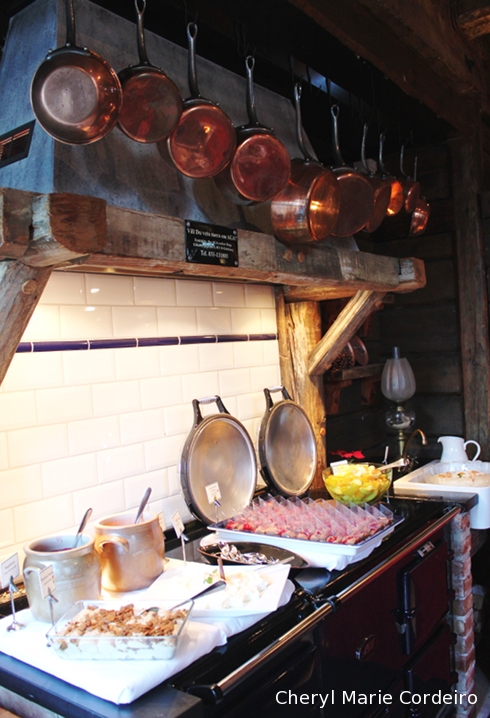
On the stove, various jams made with berries and Ris à la Malta served with glögg (spiced red wine) syrup.
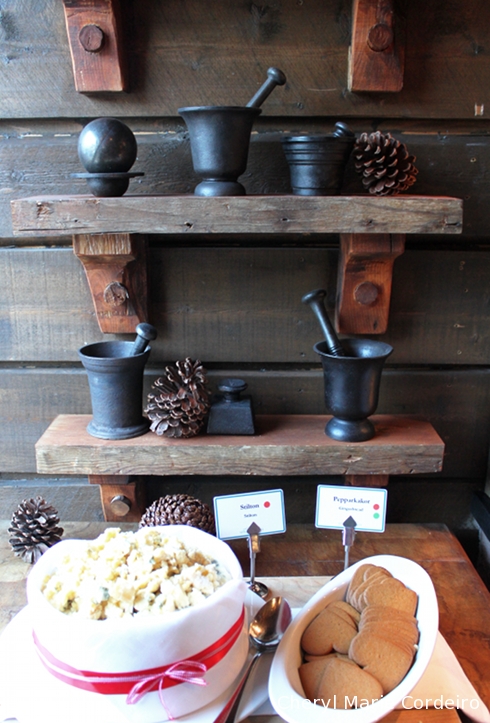
A generous offering of Stilton next to some gingerbread cookies. On the top left, a solid cast iron cannon ball, used for mustard seed grinding.

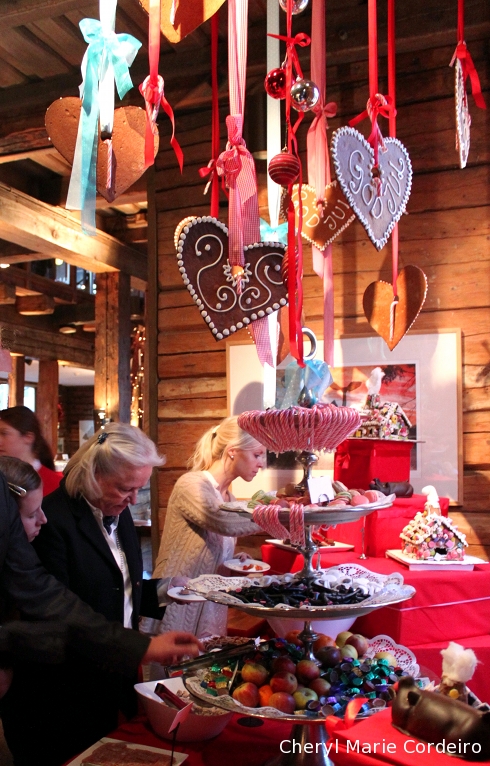
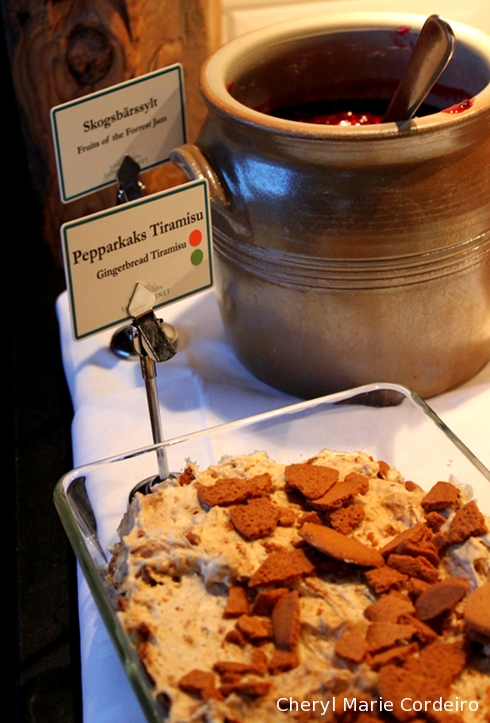
Hot on this year’s new recipes list for the Swedish Christmas Table is Gingerbread Cookies Tiramisu. Wagner’s version was decadent and had the table guessing what exactly went into this particular tiramisù that tempted us so thoroughly as to forget about physical limitations per sitting per meal.
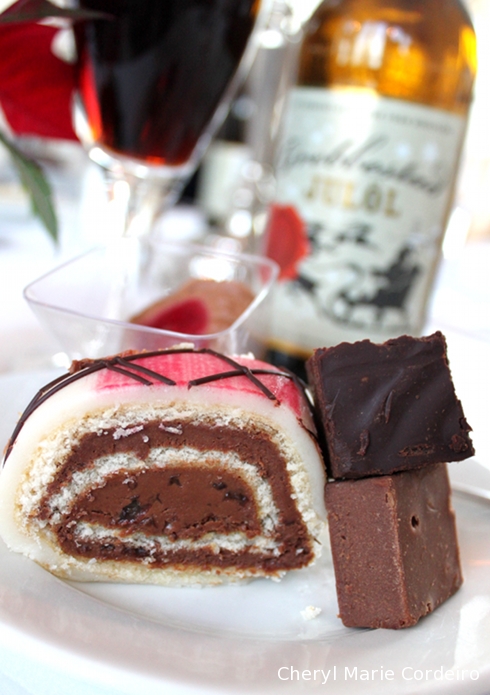
A marzipan wrapped Christmas Log Cake rolled with chocolate rum and raisin, accompanied by two different types of fudge chocolates.
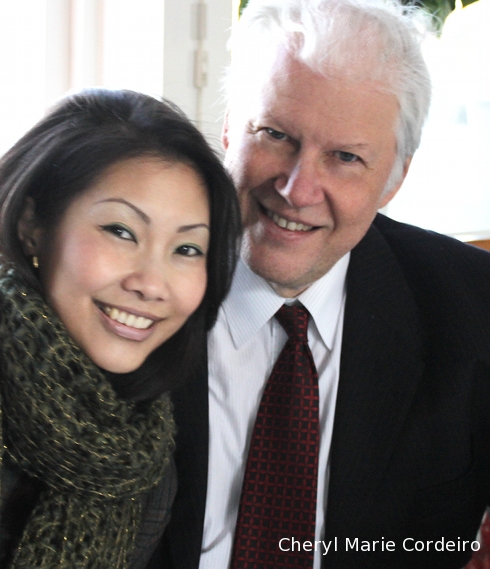
Stereotypes can be found in most facets of life as a way in which the human mind synthesizes information, where the very socio-cultural filters would through time, tint the manner in which we look at traditions, solidifying and re-confirming what we believe we already know.
This was a smörgåsbord that wasn’t.
Because it didn’t invite you to gorge but rather to explore in taste and texture what (and which) Swedish culinary traditions had to offer. Instead of appeasing voracity of appetite, Wagner had turned this into what felt like a 200 course tasting menu from the subtle and sophisticated, to the exotic, to the inventive and back to the traditional, that just pushes the imaginations of diners and questions the boundaries of traditions, a ‘Swedish thing’ done to perfection in various flavours of, white.
To excel on two completely different culinary fronts – to be both traditional and inventive – would be one of the challenges of putting forth a Swedish Christmas Table. And for a person who has his team scoop out perfectly round wild autumn lingonberris to adorn the most humble of humble dishes – a traditional blood pudding – naturally home made and cooked to perfection, reflects a mind beyond the ordinary and a task of love that demands respect.
I’d say that Wagner’s Christmas Table deserves the attention of more than a single sitting this year.
For anyone in Singapore, if rumour has it right, Ulf Wagner and his team will be visiting you this upcoming spring of 2013 in Savour 2013.